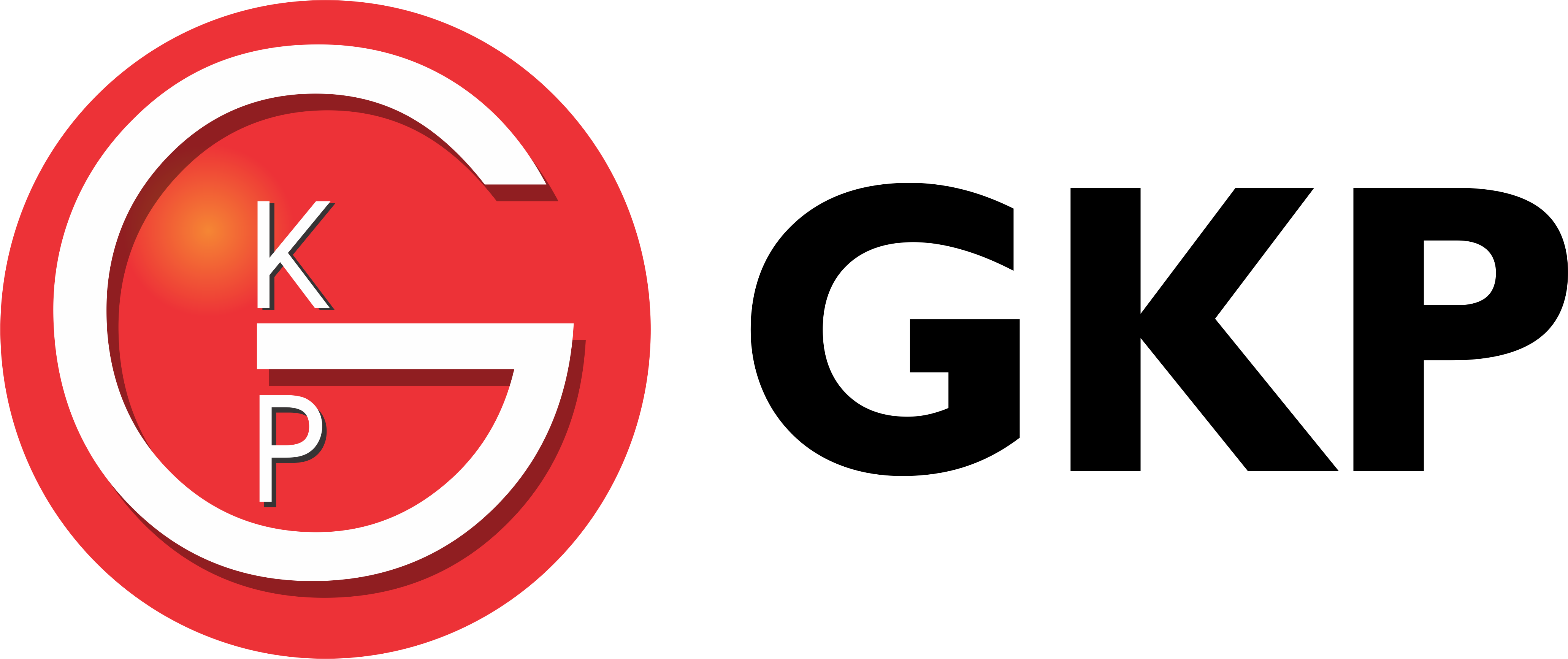1. What is CLAT?
The Common Law Admission Test (CLAT) is a centralized, national-level entrance exam administered annually by the Consortium of National Law Universities (NLUs) for admission to undergraduate (UG) and postgraduate (PG) law programs throughout India.
It currently serves as the gateway to admission in 25 out of 27 National Law Universities (NLUs), excluding NLU Delhi and NLU Shillong.
· CLAT-UG: For integrated 5-year UG law degrees (LLB, BA-LLB, BBA-LLB, etc.)-taken by students after Grade 12.
· CLAT-PG: For 1-year LLM programs-taken by those who already hold a law degree.
The exam is offline, in English, with a total duration of 2 hours (120 minutes).
2. Latest UG Exam Pattern (2025)
The UG-CLAT 2025 pattern has evolved since 2020 into a refined comprehension-based model.
Key specifics:
· Total questions: 120 Multiple-Choice (MCQs), each worth 1 mark.
· Negative marking: -0.25 for each incorrect answer; unanswered questions get 0 marks.
· Duration: 120 minutes.
Sectional Breakdown:
The exam comprises 5 sections with comprehension passages (~450 words each), followed by related MCQs:
|
Section |
Questions |
Approx. % Weightage |
|
English Language |
22–26 |
~20% |
|
Current Affairs & General Knowledge |
28–32 |
~25% |
|
Legal Reasoning |
28–32 |
~25% |
|
Logical Reasoning |
22–26 |
~20% |
|
Quantitative Techniques |
10–14 |
~10% |
This totals 120 questions & marks
Summary of Pattern:
- Mode: Offline (pen-and-paper)
- Language: English
- Duration: 2 hours for 120 questions
- Scoring: +1 per correct, −0.25 per wrong, 0 for blank
- Focus: Comprehension & applied aptitude, not rote knowledge
3. Detailed Section-Wise Syllabus
Below is a comprehensive, section-by-section breakdown of topics and question types:
3.1 English Language (22–26 Qs)
- Passages: ~450 words (fiction/non-fiction)
- Question Types:
- Main ideas, inference, tone, themes
- Vocabulary in context (synonyms, antonyms)
- Grammar, usage, phrase/idiom understanding
- Sentence rearrangement, error detection, fill-in-the-blanks
- Skills Tested: Reading comprehension, grammar accuracy, vocabulary
3.2 Current Affairs & General Knowledge (28–32 Qs)
- Passages: ~450 words (non-fiction, news)
- Topics:
- National and international current events
- Arts, culture, international affairs
- Historical events of continuing relevance
- Question Types: Comprehension reasoning, fact retrieval, context-driven inference.
3.3 Legal Reasoning (28–32 Qs)
- Passages: ~450 words (facts/legal scenarios)
- Focus:
- Inferring legal principles, rule application
- Hypothetical scenarios/changes to rules
- Question Types: Principle identification, real vs. hypothetical application, principle modification.
3.4 Logical Reasoning (22–26 Qs)
- Passages: ~450 words (arguments/puzzles)
- Skills:
- Argument breakdown (premise + conclusion)
- Strengthening/weakening arguments
- Identifying assumptions, drawing analogies, spotting contradictions
- Question Types: Critical reasoning, inference, argument analysis, logical puzzles.
3.5 Quantitative Techniques (10–14 Qs)
- Passages: Short sets of facts/data
- Topics:
- Arithmetic (percentages, averages, ratios)
- Algebra, geometry, mensuration, basic statistics
- Skills: Data interpretation, mathematical reasoning (10th-grade level).
4. Marking Scheme
- Correct answers: +1
- Wrong answers: –0.25
- Unanswered: 0
Understanding these implications:
- Max score: 120
- Min score: Can go negative, with heavy guessing, so avoid random answers without elimination.
5. CLAT-PG 2025: Exam Pattern & Syllabus
Format:
- 120 MCQs, 1 correct +1, wrong −0.25, duration 2 hours
- Questions based on legislative materials: statutes, judicial pronouncements
Subjects Covered:
- Constitutional Law
- Jurisprudence
- Administrative Law
- Law of Contract
- Torts
- Family Law
- Criminal Law
- Property Law
- Company Law
- Public International Law
- Tax Law
- Environmental Law
- Labour & Industrial Law
Skills Tested:
- Comprehension of legal rules/statutes
- Application to factual scenarios
- Scenario-based analysis
6. Important Updates for CLAT 2025
UG exam cut to 120 questions (from 150), aligning since the 2020 revision.
Focus shift to deeper comprehension-based and applied questions across all sections.
Marking remains +1/–0.25, necessitating high accuracy.
Consortium’s preparation support: official guides, sample papers, online learning resources, score-tracking, and live webinars
7. Eligibility & Application Timeline
7.1 Eligibility
- UG: 10+2 or equivalent with ≥45% (≤40% for SC/ST); no upper age limit PG: LLB degree with ≥50% (≤45% for SC/ST); supplementary/compartment is valid till admission cut-off
7.2 Fee
- Exam fee: approx. ₹4,000.
7.3 Key Dates
- Notification released: 8 July 2024
- Application window: 15 July – 15 October 2024.
- Exam date: Announced later (likely Nov–Dec 2024).
- Based on last year, likely December 2024 or early 2025, but candidates must check the official CLAT website for exact dates.
8. Preparation Strategy & Tips
Section-Wise Tactics
- English:
- Daily reading: editorials, essays.
- Practice vocabulary, grammar, and error spotting.
- Current Affairs & GK:
- Read newspapers/daily digests.
- Focus on law-related news/events.
- Legal Reasoning:
- Use crossword exercises in legal reasoning.
- Build reasoning with recent case judgments.
- Logical Reasoning:
- Solve puzzles, syllogisms, and analogies.
- Practice argument critique.
- Quantitative Techniques:
- Master fundamental math: arithmetic, algebra, geometry.
- Decode data sets and apply them in a short time.
Time Management
- Spend ~1 minute per question.
- Allocate extra time (~2–4 min) for comprehension-heavy passages.
Practice & Revision
- Regular mock tests to simulate exam conditions.
- Topic revision using short, crisp notes.
- Error analysis: Revisit wrong answers to identify patterns.
Final Checklist
- Zero in on negative marking (avoid guessing).
- Revise regularly with notes and formula sheets.
- Maintain reading habit and current affairs tracking.
- Simulate full-length tests for stamina and speed.
9. Conclusion
The CLAT 2025 exam is structured to assess deep comprehension, critical thinking, legal aptitude, logic, and math skills—more than mere memorization. Key highlights:
- 120 questions, 2 hours, +1/–0.25 marking, five broad sections.
- UG emphasizes reasoning and language.
- PG emphasizes legal subject application.
- Preparation demands structured study, extensive practice, and smart strategy.
With awareness of the revised exam structure, syllabus, and targeted preparation, aspirants can confidently tackle CLAT 2025. Stay focused, stay consistent!
GK Publications – Your Trusted CLAT Preparation Partner
To support every aspirant on their journey to securing a top law school seat, GK Publications, in collaboration with industry experts like Gautam Puri and Priya Jain, offers a carefully curated range of CLAT study materials designed as per the latest exam pattern. Here are some of the best resources to accelerate your preparation:
1. CLAT 2026: Topic-wise Practice Sets | Includes 2 Mock Tests & (CLAT | AILET) Solved Papers (2021–2025) by Gautam Puri
- Topic-wise practice sets for each section of the syllabus.
- Fully solved CLAT & AILET papers from 2021 to 2025 for a clear understanding of past exam trends.
- 2 full-length mock tests designed to simulate the actual exam experience.
- A fully solved paper of CLAT 2025 for real exam insights.
- 3 full-length practice papers to sharpen legal reasoning and knowledge.
- Detailed explanations on legal principles, concepts, and sample questions for self-assessment.
3. CLAT | LLB 2026: Law Entrance Study Guide by Priya Jain
Designed for multi-exam preparation, this guide covers not only CLAT and AILET but also entrances like PU, DU, BHU, UPES, MAH-CET, SLAT, Christ University, and others. It includes:
- The latest solved papers for CLAT & AILET 2025.
- Comprehensive section-wise coverage: English, Quantitative Techniques, Legal Aptitude, Logical Reasoning, and Current Affairs.
- Ample practice questions and full-length mock tests aligned with the latest exam patterns.
4. CLAT | AILET 2026: Chapter-wise Solved Papers 2008–2025 by Gautam Puri
- Chapter-wise solved papers from 2008 to 2019 for structured topic-wise revision.
- Complete CLAT & AILET solved papers from 2020 to 2025 for understanding the latest trends.
- Coverage of all key subjects: English, Logical Reasoning, Quantitative Aptitude, Legal Aptitude, and General Knowledge.
- Clear, concise explanations that make complex concepts easier to grasp
- 10 full-length mock tests reflecting the latest CLAT format and difficulty level.
- Solved CLAT papers from 2023 to 2025 to understand the evolving nature of the exam.
- Detailed solutions that aid in performance analysis and strategic improvement.
At GK Publications, we ensure that CLAT aspirants receive the most reliable, updated, and exam-focused content curated by subject matter experts. These resources:
- Align perfectly with the latest CLAT Consortium guidelines.
- Provide ample practice material covering every aspect of the exam.
- Include solved papers and mock tests to help you gain real exam confidence.
- Offer topic-wise, chapter-wise, and full-length practice options to suit every aspirant's study plan.
Explore these and more at www.gkpublications.com and take the next step towards cracking CLAT 2025-26 with confidence!








9qte2j
9qte2j
6w4i2n
5jw3fe
dsl3z0